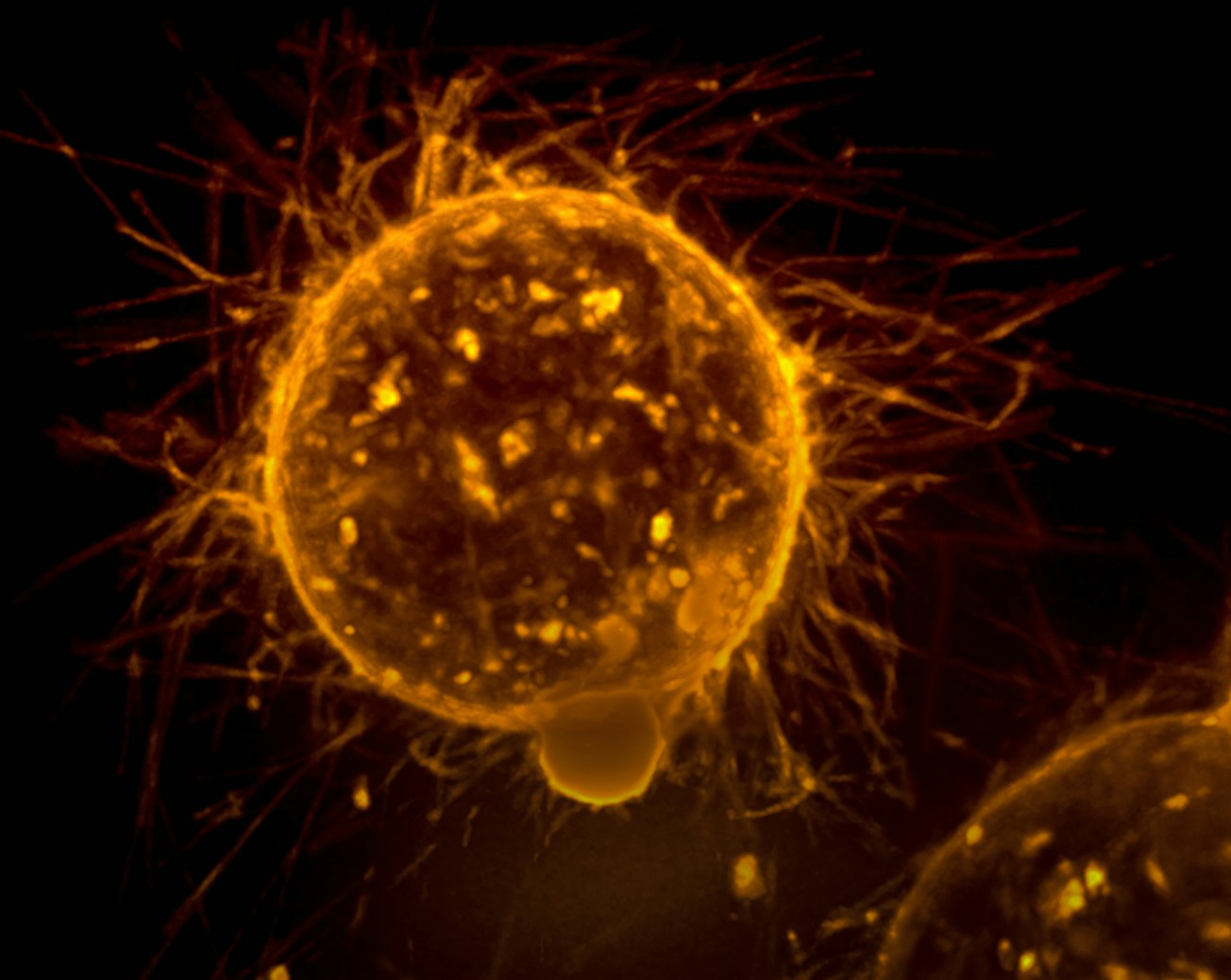What is it about?
A key strategy for achieving a cure for HIV-1 infections is to manipulate the normal cellular signaling pathways through which the virus emerges from its latent state. In resting T cells HIV-1 is unable to emerge from latency because it lacks a cellular transcription factor known as P-TEFb. In this study, we identified a new a signaling pathway in CD4+ T cells which is used to induce P-TEFb during T-cell activation.
Featured Image

Photo by National Cancer Institute on Unsplash
Why is it important?
Despite current antiretroviral therapy HIV-1 persists in a latent reservoir of CD4+ T cells in the peripheral blood and lymphoid tissues of infected individuals. It is a challenge to flush HIV-1 out of these reservoirs because the virus is transcriptionally silent and therefore the cells harboring it evade immune surveillance. A key block in T cells is the absence of P-TEFb, an essential co-factor for virus transcription. In order to discover highly selective activators of P-TEFb we examined the normal cellular signaling pathways that regulate its production. Although it was long believed that P-TEFb is activated by a protein kinase C pathway, we discovered that instead a new signaling pathway involving RasGRP1 is actually used.
Perspectives
Although HIV-1 infection can be effectively treated with current antiretroviral regimens, interruption of this treatment almost always results in a rapid reestablishment of the virus in circulating blood and lymphoid tissues. The source of this viral rebound has been found to be a reversibly latent form of HIV-1 present in a small subset of CD4+ T cells that is resistant to antiretroviral therapy. Deliberate reactivation of latent HIV-1 to enable clearance of infected cells via virus-induced cell death or antiviral immune responses - the “Shock and Kill” strategy – has had only limited success so far because efficient, non-toxic latency reversing agents remain to be discovered. Since P-TEFb is an obligate initiator of the emergence of HIV from latency, we focused on how it is normally regulated in CD4+ T cells. Our discovery of a new signaling pathway involving RasGRP1 that is central to regulating P-TEFb production has already suggested the use of novel RasGRP1 activators as part of a strategy to reverse HIV latency.
Uri Mbonye
Case Western Reserve University
Read the Original
This page is a summary of: Biogenesis of P-TEFb in CD4+ T cells to reverse HIV latency is mediated by protein kinase C (PKC)-independent signaling pathways, PLoS Pathogens, September 2021, PLOS,
DOI: 10.1371/journal.ppat.1009581.
You can read the full text:
Contributors
The following have contributed to this page










